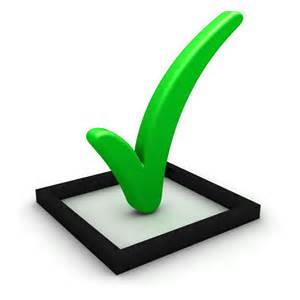HOW TO RESET PRINTER CANON iP1880 - How to reset the printer. Quick trick to reset the printer jammed / strike / error manually and using software, the most annoying thing is when we are printing important documents, the printer suddenly stopped printing error ... aka this could be the first few things we must do is checking whether the power cord is plugged in / installed with no problems correctly.If check to see if the ink runs out .. if they do not want .. the only way we have to reset the printer .. but you know, the cost to reset the printer so expensive .. actually there is a way to reset the printer without the need to take the place of service .. and this you can do yourself to make savings counted counted ...
There are 2 ways to reset the printer
1.reset printer with manual
a.cabut power cables that connect the printer to the power
b.Tekan and hold the power button (on / off) for about 5 seconds and then plug the power cable to the printer power while continuing to hold the power button
c.lanjutkan by pressing the resume button 2 times
d.lepaskan all the buttons .. you are able to use the printer back
=========================================
HOW TO MANUAL RESET PRINTER CANON iP1880
IP1880 printer type when it reaches a certain mold accumulation then the printer will have the blinking orange 4 x 1 green or orange 8x and 1x green, to overcome while you can reset using the power button and resume, for more details please follow the following ways:
1. Unplug the power cord from the AC current (electricity)
2. Press the power button (hold) and then plug the power cord into Electricity
3. Press the reset button 2x (first press orange lights, two green indicator light)
4. Then release, then the printer will be warming up then ready.
Reseter reseter for permanent use (general tools) or iP1800 iP1700
IP1880 printer type when it reaches a certain mold accumulation then the printer will have the blinking orange 4 x 1 green or orange 8x and 1x green, to overcome while you can reset using the power button and resume, for more details please follow the following ways:
1. Unplug the power cord from the AC current (electricity)
2. Press the power button (hold) and then plug the power cord into Electricity
3. Press the reset button 2x (first press orange lights, two green indicator light)
4. Then release, then the printer will be warming up then ready.
Reseter reseter for permanent use (general tools) or iP1800 iP1700
=====================
2.reset printer with software ressetor
a.pastikan you know the brand of your printer
b.download resetor program by seeking to searc engine.anda can use the following keywords: Software resseter canon IP1800 + + Download
READ MORE - CANON iP1880
There are 2 ways to reset the printer
1.reset printer with manual
a.cabut power cables that connect the printer to the power
b.Tekan and hold the power button (on / off) for about 5 seconds and then plug the power cable to the printer power while continuing to hold the power button
c.lanjutkan by pressing the resume button 2 times
d.lepaskan all the buttons .. you are able to use the printer back
=========================================
HOW TO MANUAL RESET PRINTER CANON iP1880
IP1880 printer type when it reaches a certain mold accumulation then the printer will have the blinking orange 4 x 1 green or orange 8x and 1x green, to overcome while you can reset using the power button and resume, for more details please follow the following ways:
1. Unplug the power cord from the AC current (electricity)
2. Press the power button (hold) and then plug the power cord into Electricity
3. Press the reset button 2x (first press orange lights, two green indicator light)
4. Then release, then the printer will be warming up then ready.
Reseter reseter for permanent use (general tools) or iP1800 iP1700
IP1880 printer type when it reaches a certain mold accumulation then the printer will have the blinking orange 4 x 1 green or orange 8x and 1x green, to overcome while you can reset using the power button and resume, for more details please follow the following ways:
1. Unplug the power cord from the AC current (electricity)
2. Press the power button (hold) and then plug the power cord into Electricity
3. Press the reset button 2x (first press orange lights, two green indicator light)
4. Then release, then the printer will be warming up then ready.
Reseter reseter for permanent use (general tools) or iP1800 iP1700
=====================
2.reset printer with software ressetor
a.pastikan you know the brand of your printer
b.download resetor program by seeking to searc engine.anda can use the following keywords: Software resseter canon IP1800 + + Download





